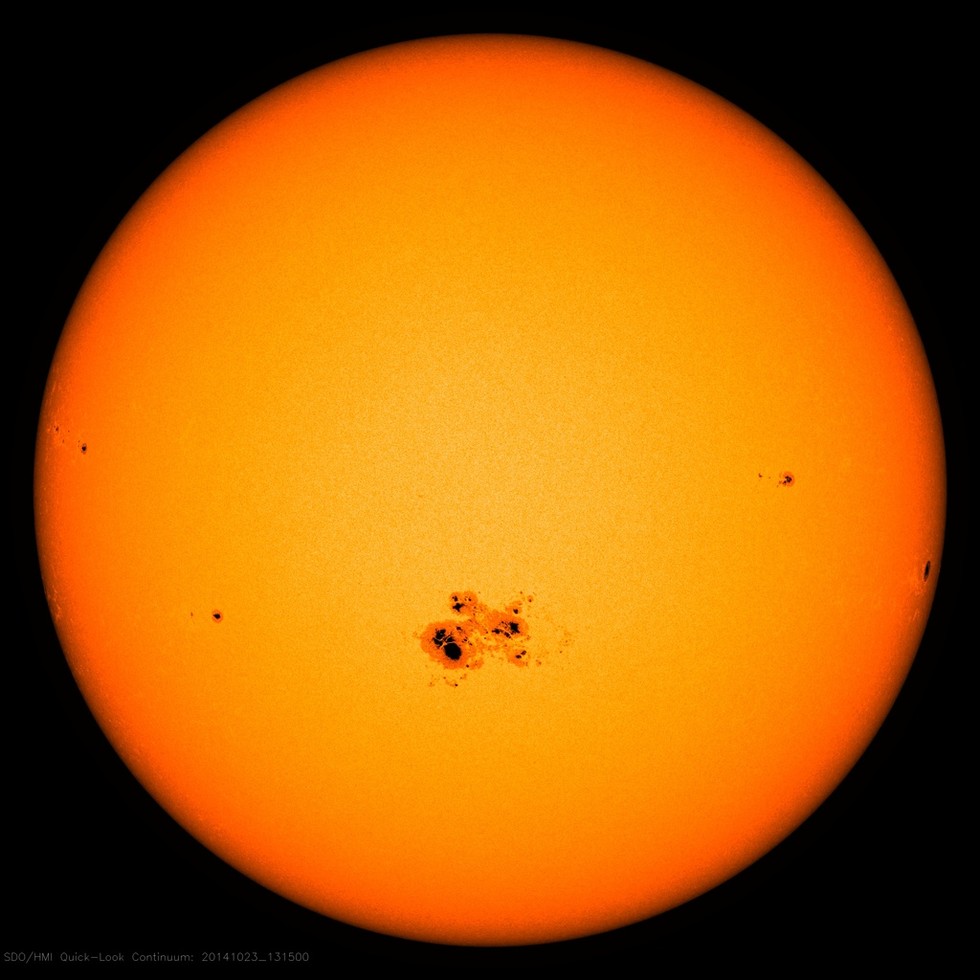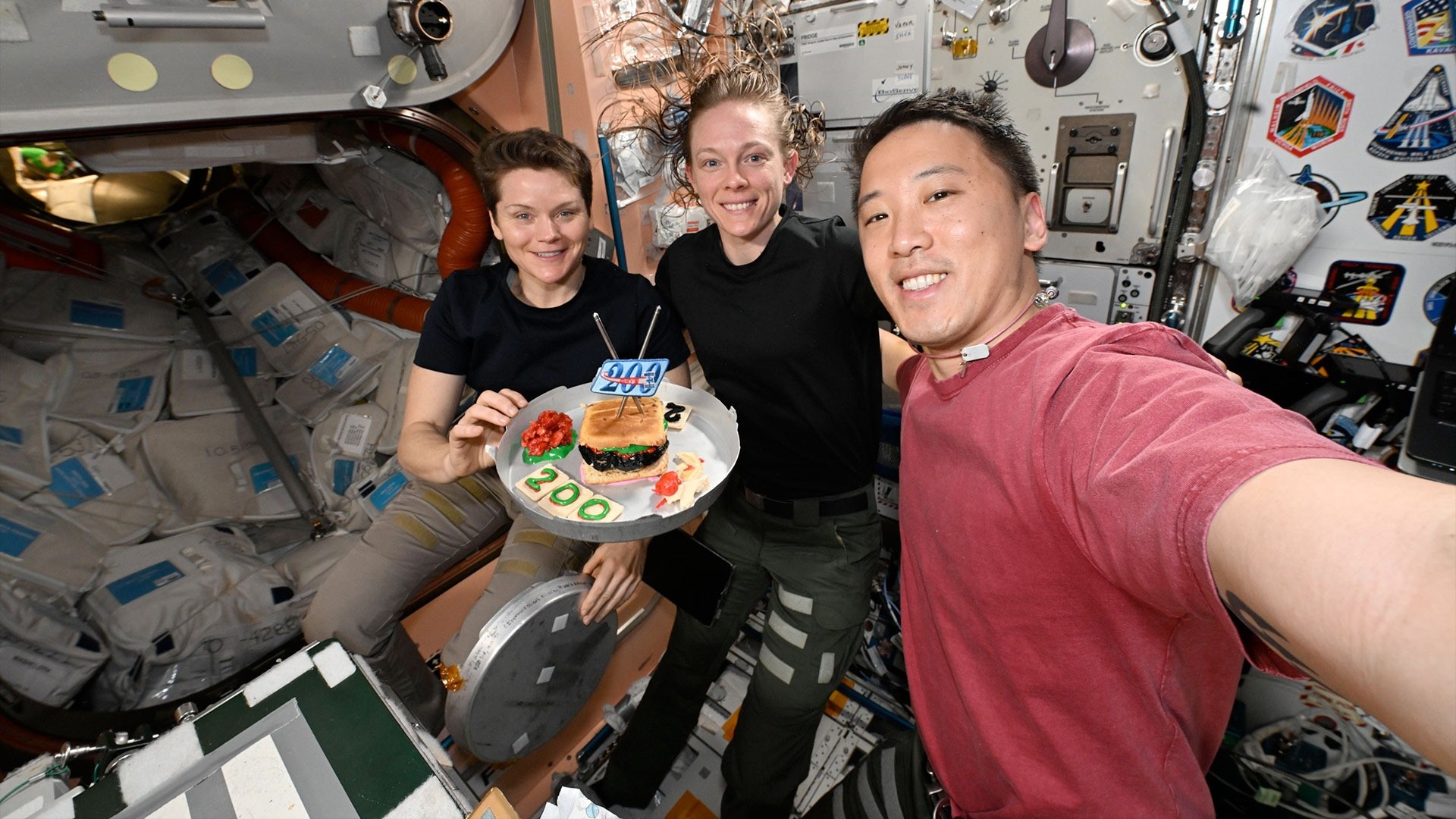Proxima Centauri Is Like Our Sun... on Steroids

Imagine stepping outside on a clear day and looking up at the sun. However, that isn't our sun; it appears much closer in the sky and, wait, if you squint, you can see there's something not quite right about the light it's emitting. This star appears to have vast, ominous dark patches shimmering against the bright solar disk. That's because this star is Proxima Centauri and, though it sounds like it has a horrible case of rot, these black spots actually make this tiny red dwarf more "sun-like" than we ever imagined.
"If intelligent aliens were living on Proxima b, they would have a very dramatic view," said Brad Wargelin, of the Harvard-Smithsonian Center for Astrophysics (CfA) and lead author of research to be published in the journal Monthly Notices of the Royal Astronomical Society.
Proxima Centauri shot to fame in recent months as the location of the nearest Earth-mass exoplanet to the solar system. Astronomers of the ESO's La Silla Observatory in Chile made the discovery of the Earth-mass world by measuring the "wobble" of the star as the small exoplanet's gravity tugged during its short 11-day orbit. This orbit places Proxima b smack-bang in the middle of Proxima Centauri's "habitable zone" — the distance from a star that is neither too hot or too cold for liquid water to exist on a rocky planet's surface. On Earth, where there's liquid water, there's life.
RELATED: Eyeballing Proxima b: Probably Not a Second Earth
Exciting as this may sound for the prospect of Proxima b hosting aliens, or even a possible destination for future human colonists, there are some serious problems with assuming Proxima b is even remotely "Earth-like." For starters, we have no clue if the planet has an atmosphere. We also have zero idea as to whether or not the exoplanet possesses water. But another problem for Proxima b is the fact it orbits very close to a star that is known to generate powerful flares, likely drenching any surrounding planets in powerful radiation. Radiation, as we all know, is generally a bad thing for life.
So it may come as a surprise to hear that Proxima Centauri does, actually, have some sun-like qualities. But these qualities probably wouldn't make Proxima b any more "habitable" and actually creates a mystery for solar physicists.
Magnetic Stress
Breaking space news, the latest updates on rocket launches, skywatching events and more!
Using ground-based observatories including the All Sky Automated Survey and space telescopes (including NASA's Swift and Chandra missions and the European XMM-Newton observatory) measuring the X-ray emissions from Proxima Centauri, Wargelin's team was able to detect a regular 7-year cycle, which is a little strange.
RELATED: Welcome to Proxima b, Our Nearest 'Earth-like' Neighbor
Proxima Centauri is a tiny, cool star one-tenth the size of our sun. Our sun has a regular "solar cycle" lasting approximately 11 years where magnetic activity will wax and wane. During periods of intense magnetic activity (called solar maximum) in the sun's lower atmosphere (known as the corona), we can expect frequent flares and coronal mass ejections. At this time, the sun's surface can become peppered with dark sunspots, highlighting regions where the sun's inner magnetic field is erupting through the surface (pictured above). Though dramatic, at solar maximum only around 1 percent of the sun's surface will be covered with these blemishes.
After studying Proxima Centauri, however, measurements show that a whopping 20 percent of the tiny star's surface may be covered with very dramatic-looking star spots.
This is interesting on many levels, but it may have exposed a gap in our knowledge of how our own sun works.
The key theory that drives our sun's 11-year cycle is differential rotation. Basically, the sun's upper layer rotates faster at its equator than at the poles. As its magnetic field travels from north to south, it is thought the internal magnetic field at the equator becomes "wrapped" around the sun, like an elastic band being wrapped around a ball. At a certain point, when the magnetic field is at its most stressed (solar max), the pressure is released when the magnetic polarity flips. The sun's magnetic "north" replaces the "south" and vice versa and the cycle begins again.
But red dwarfs like Proxima Centauri aren't thought to possess this uppermost differential rotation layer as they are too small; instead it is thought they experience convection from the core to the uppermost layer (pictured above). Without differential rotation, it's a mystery how Proxima Centauri can have a cycle, let alone a regular 7-year stellar cycle.
RELATED: Could Proxima Centauri Be Our Interstellar Getaway?
"The existence of a cycle in Proxima Centauri shows that we don't understand how stars' magnetic fields are generated as well as we thought we did," said co-author Jeremy Drake, also of the CfA.
There's either a gap in our understanding about how we think we know how our sun's cycle works or, perhaps, red dwarfs' interiors are a lot more complex than we give them credit for. But in the case of Proxima Centauri, it has a stellar cycle on steroids that likely drives some pretty devastating space weather, probably sterilizing a not-so-Earth-like exoplanet.
Originally published by Discovery News.
Join our Space Forums to keep talking space on the latest missions, night sky and more! And if you have a news tip, correction or comment, let us know at: community@space.com.
Ian O'Neill is a media relations specialist at NASA's Jet Propulsion Laboratory (JPL) in Southern California. Prior to joining JPL, he served as editor for the Astronomical Society of the Pacific‘s Mercury magazine and Mercury Online and contributed articles to a number of other publications, including Space.com, Space.com, Live Science, HISTORY.com, Scientific American. Ian holds a Ph.D in solar physics and a master's degree in planetary and space physics.


